HarmonyOS
Huawei HarmonySpace Launched: A sub-brand of smart HarmonyOS car cockpit
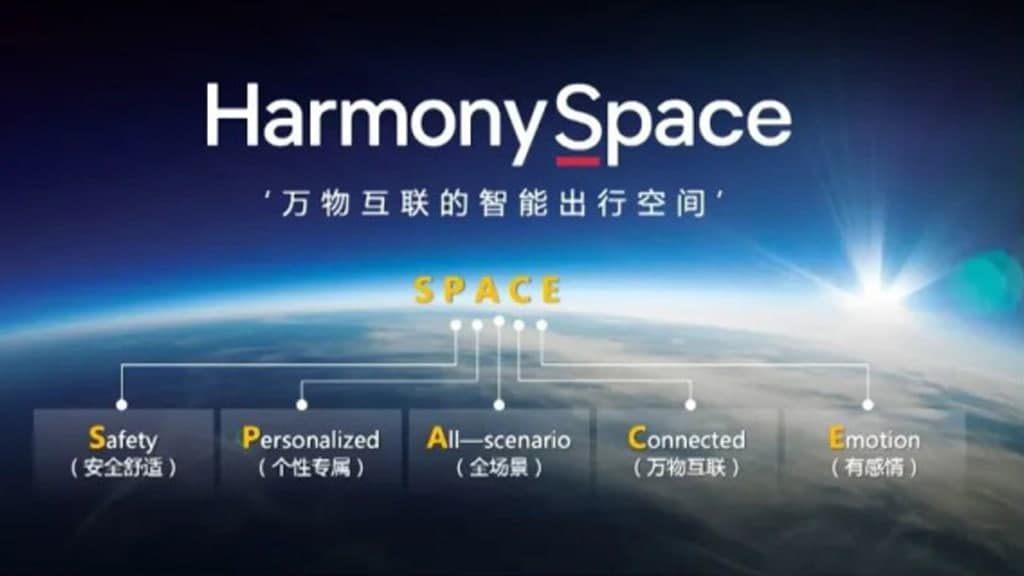
On December 21, Huawei hosted Smart Car Solution Ecological Conference 2021 and launched the sub-brand of HarmonyOS powered smart car cockpit system – HarmonySpace. Also, the company reveals HarmonyOS application and hardware ecosystem collaboration strategy with the theme “Openness and Inclusiveness, Gathering the Crowd and Going Far”.
It also proposes a development strategy of “hardware modularization, interface standardization, and system platformization” to build an open and win-win HarmonyOS smart cockpit ecosystem with ecological partners.
Based on the vision of integrating cockpits into the ubiquitous smart world, Huawei has created a cockpit sub-brand that stands for Internet of Everything – HarmonySpace. Let the cockpit be not just a cockpit, but a mobile travel space that connects everything is constantly on the move and is intelligent.
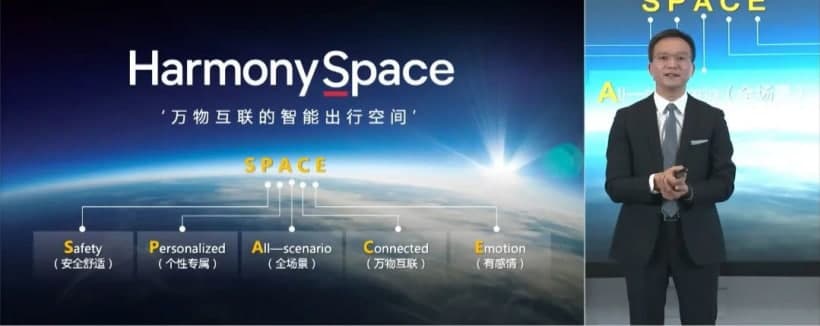
“We have given this sub-brand a special name ‘Space’. S comes from Suraksha, which means comfort and safety. P comes from Personalization, which means personalization and exclusivity. We hope it is truly multi-faceted is and can be a space. Each member of the team brings the most unique and intelligent experience.
A comes from all scenarios, which means full view. We have given it the ability to break the boundaries of space so that different operating systems and Smart devices from different scenes can be connected to create a human feel. The perfect integration of the three comes from the “car, car, and home” scenario.
C – Connect, which means that users can easily enjoy the intelligent travel experience of the Internet of Everything Can enjoy. E comes from Emotion, which means Emotion.
We believe to have a really smart cockpit. Emotions must be there. Yes, I can understand what you need already and what do you think about it, can think in it.” Huawei explained, “The space represents all the features we think are really I am a smart thing. The mind should be in the cockpit.
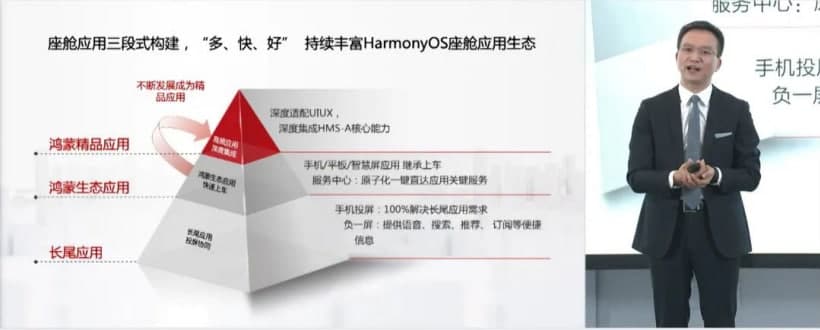
“Based on HarmonySpace, we have focused on manufacturing a range of products. High computing power car modules, HarmonyOS car operating systems, immersive Huawei sound audio systems, and display devices such as car smart screens and AR-HUDs.
This space further is born “we will work with our software and hardware partners to incubate a richer and more intelligent cockpit experience. We will create a highly intelligent and interconnected Hongmeng space for users.”
According to the information, around the HarmonyOS vehicle operating system, Huawei uses the following three methods to build a smart cockpit application ecosystem of ‘rich applications, diverse experiences, and frequently used new frequently’.
First, for high-frequency applications in the car domain, Huawei and its partners have made deep optimizations based on HarmonyOS car domain features and capabilities to create HarmonyOS premium applications.
Secondly, based on Huawei’s 1+8 full-view ecological capabilities, mobile phones, tablets, and smart large-screen applications can be seamlessly inherited on the car.

For long-tail applications that are frequently used, the HarmonyOS vehicle operating system also provides mobile phone screen projection capabilities to meet the diverse experience needs of users.
To help application partners rapidly develop applications on HarmonyOS, Huawei has developed nine types of vehicle enhancement capabilities and opened more than 14,500 HarmonyOS basic and vehicle domain incremental feature APIs.
At the same time, it provides comprehensive development tools and technical support, reduces the difficulty of software application integration and development, and brings the rich life experience of users and vehicles to the end-users.
With the rich API capabilities provided by the HarmonyOS Smart Cockpit, the Himalaya App has created a diverse in-vehicle experience. With the blessing of the Seamless Circulation Kit, the public version of the Himalaya app has realized HarmonyOS multi-terminal device content synchronization and non-sense switching.
The intelligent and diverse experience of the cockpit is inseparable from the support of peripheral hardware. For this reason, Huawei has discussed requirements with several car-domain hardware peripheral partners and application partners such as seats, holographic screens, and car sky screens combined testing and mounting the cockpit together.
New hardware technology on the car. As of 2021, over 50 cockpit hardware partners have joined the HarmonyOS in-vehicle hardware ecosystem to jointly develop features, services, and innovative experiences that meet the needs of users.
(via – ithome)
HarmonyOS
TAILG launched new scooter with HarmonyOS
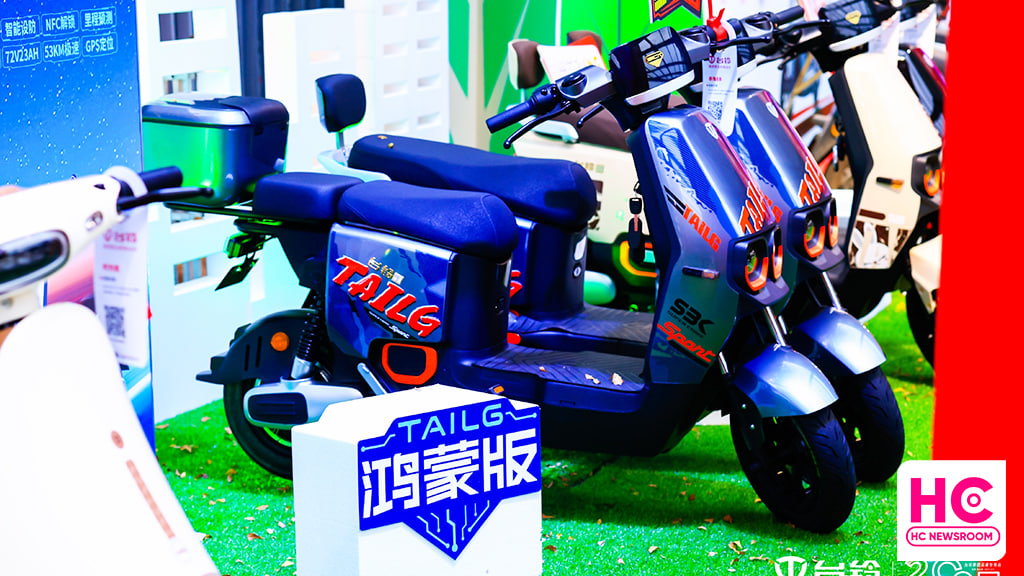
TAILG has launched a brand new electric scooter, which is powered by the HarmonyOS operating system and an all-around stylish look to provide a better experience for consumers.
It has a custom-made avant-garde handlebar, as well as an exclusive smart touch screen, which can display various driving data of the vehicle in real-time. It also equips with a variety of smart unlocking features, including one-key ignition.
The latest TAILG brings HarmonyOS features such as APP control, NFC unlocking, mileage prediction, smart fortification, and vehicle inspection. The TAILG HarmonyOS electric scooter packs a 72V23AH graphene battery, a 1000W cloud-powered motor, and a GPS positioning system.
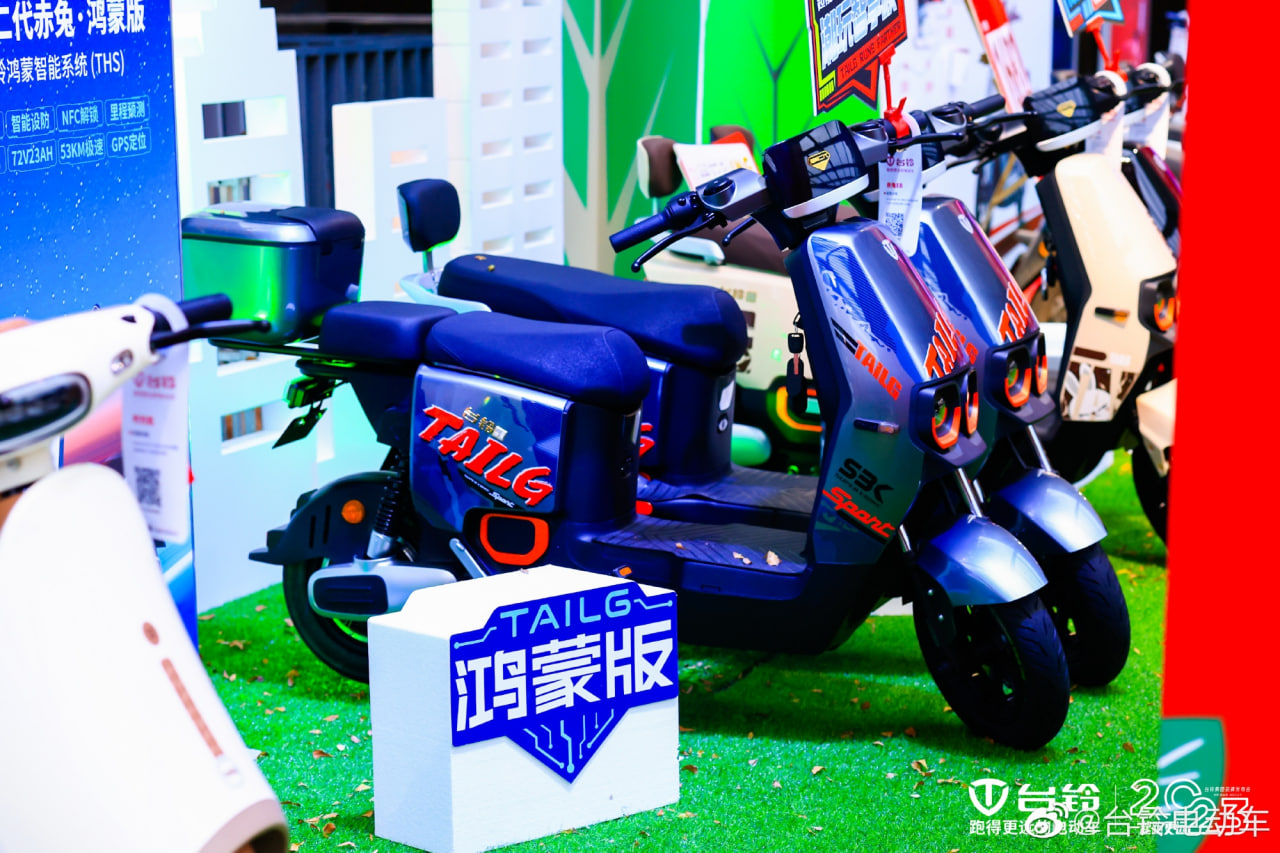
Looking at the price segment, the TAILG HarmonyOS scooter starts at 3899 yuan, and the high-end version is priced at 4588 yuan. This new electric scooter will be sold in offline stores across China.
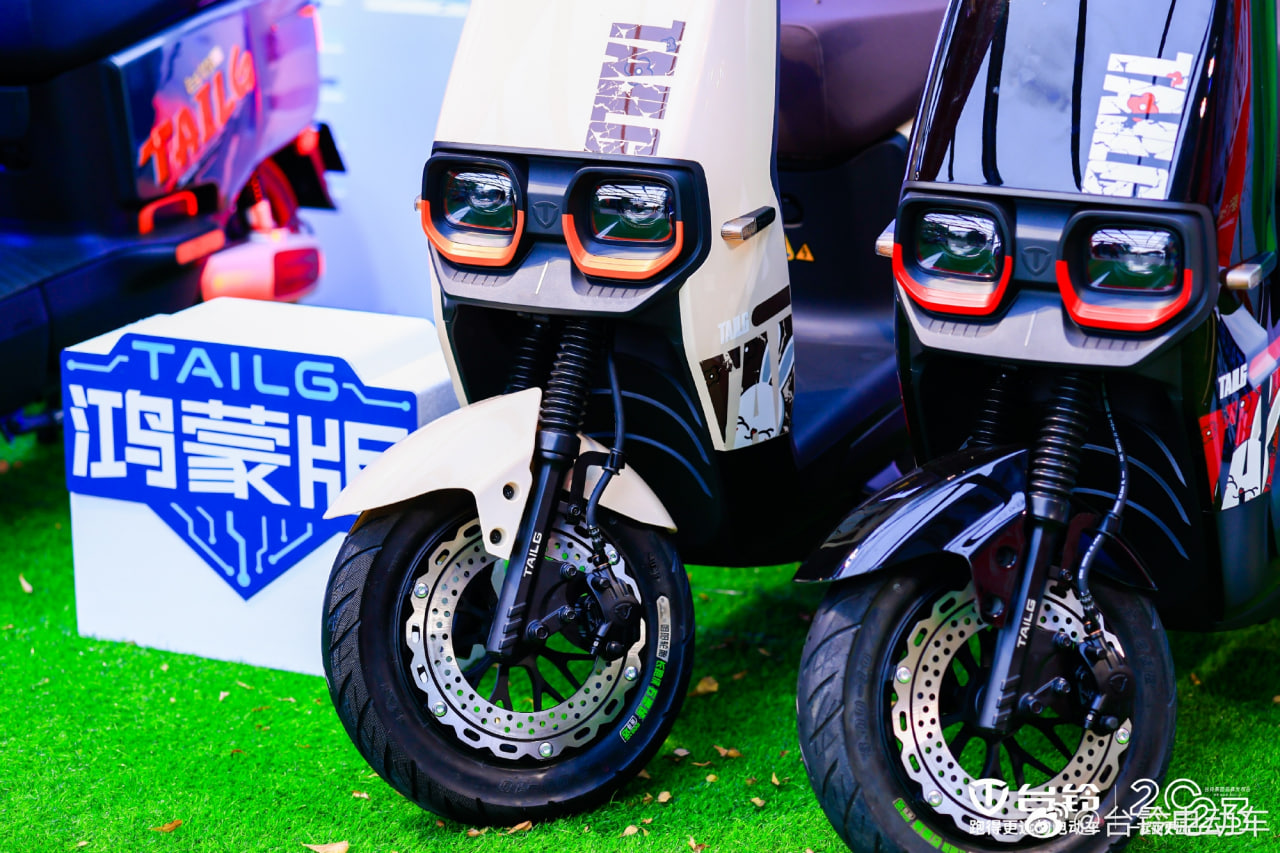
Last year in August, TAILG and Huawei announced cooperation to upgrade electric vehicles, the two companies will establish a joint innovation laboratory to conduct research on IoT and other technologies. This will also allow both firms to achieve technological advantages.
Established in 2004, TAILG is an enterprise specializing in R&D, manufacturing, sale, and service of new energy electric vehicles, Its products cover electric bikes, electric scooters, electric special bikes, electric tricycles, and other vehicles. It has an annual production capacity of 12 million vehicles and more than 30,000 stores exclusively in China.
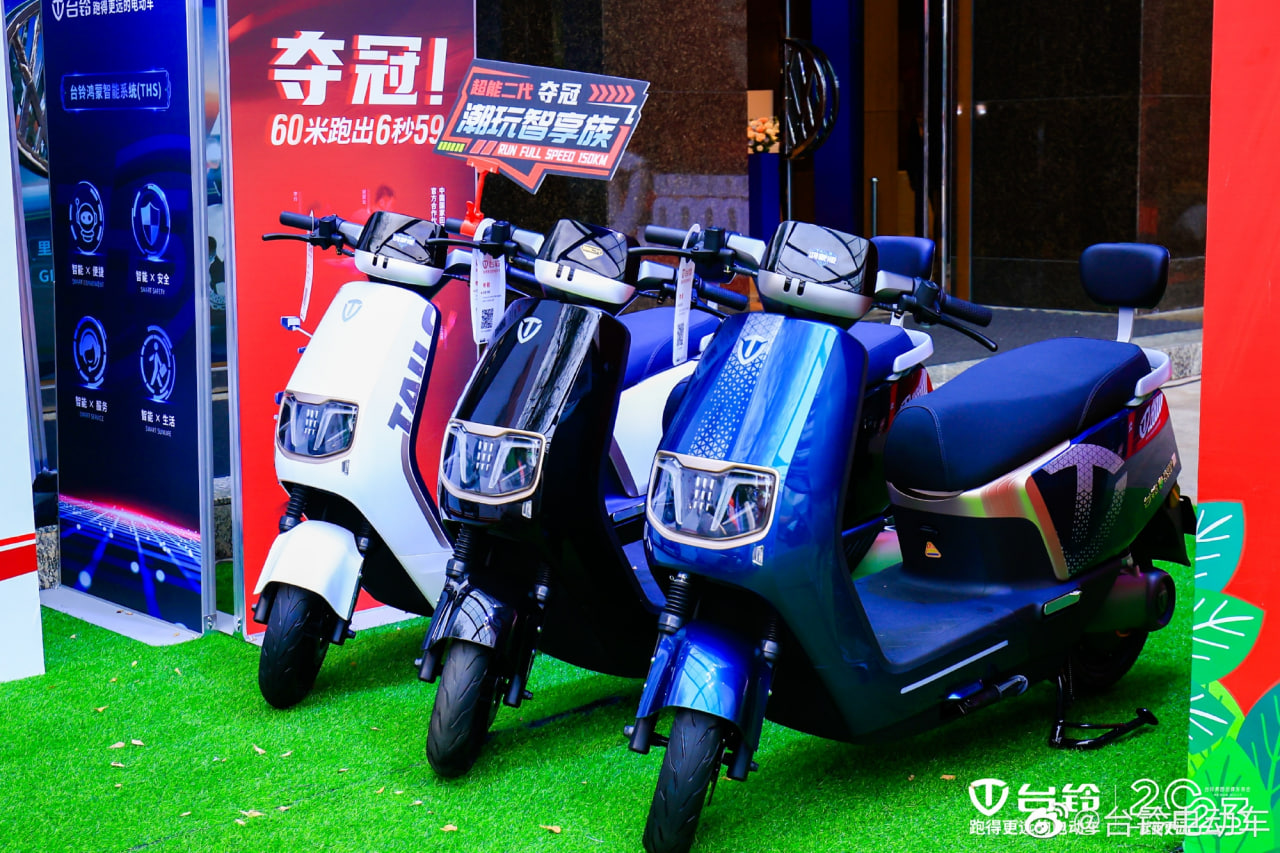
(via – Sina Tech)
HarmonyOS
HarmonyOS 3.1 Developer beta open for smartphone users
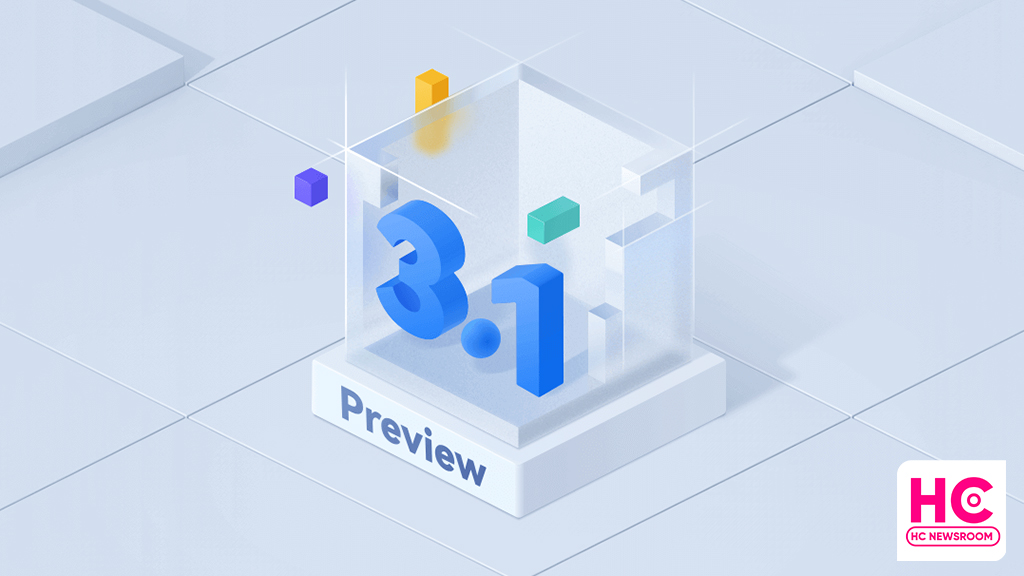
Today, HarmonyOS 3.1 developer preview testing is opened for smartphone users, this recruitment will enable developers to participate in the open beta activity with developer-only features directly into a real device.
According to the information, HarmonyOS 3.1 developer beta is currently being announced for the first phase of devices including Huawei P50 and P50 Pro. However, Huawei has confirmed to add more devices to the test pool later on. Also, a more friendly and subtle beta test is likely to begin in March.
To be mentioned, HarmonyOS 3.1 developer open beta recruitment is applicable until February 13, 2023. Afterward, Huawei will review the test applications. Selected testers will receive an email or SMS to download HarmonyOS 3.1 developer beta OTA rollout.
Also, this beta activity is available only for the Chinese models and only real authenticated accounts will pass the developer beta signup.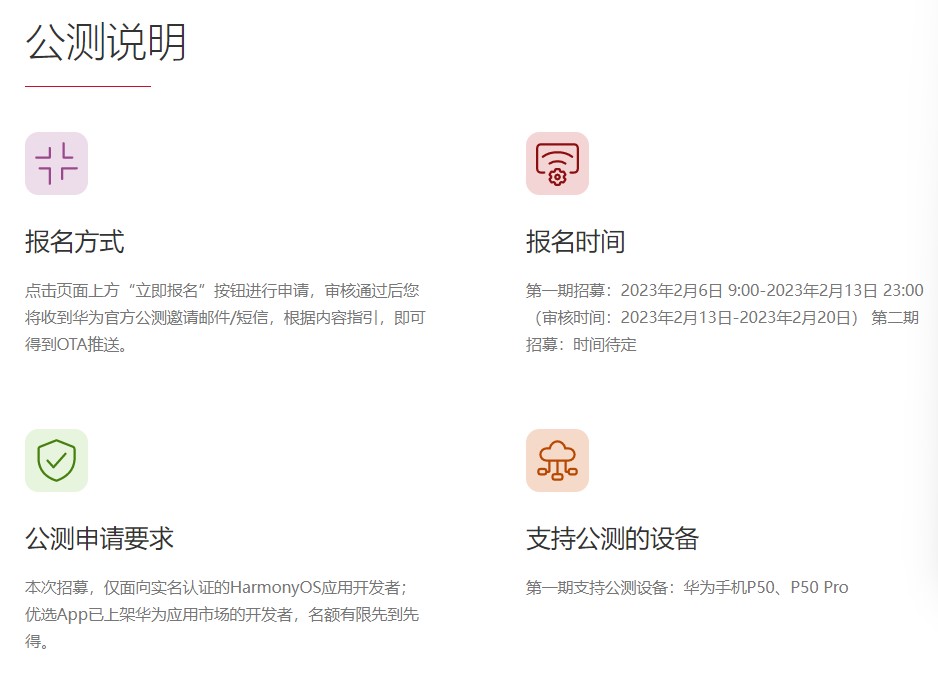
HarmonyOS 3.1 comes constructively adds a new ArkTS language, and with the latest public test, you will experience the improvements and efficiency of the app powered by ArkTS language, STage model, ArkUI, and more.
Below you can check the HarmonyOS 3.1 developer preview features:
- The ability framework adds a stage development model, including stage model life cycle management, scheduling, callback, context acquisition, authentication, and more. At the same time, the operation and management capabilities of the application are enhanced.
- The ArkUI development framework enhances the declarative Canvas/XComponent component capabilities, enhances component layout capabilities and state management capabilities, and optimizes the usability of some components.
- Application package management adds an interface for querying properties related to applications, ability, and ExtensionAbility.
- The common basic class library supports Buffer binary reading and writing.
- Web services add support for document preview and basic editing functions of document-type web applications, as well as cookie management and storage management.
- Added support for YUV, webp image codec, and other capabilities for graphics and images. Added native vsync capabilities, and supports self-drawing engines to independently control the rendering rhythm.
- Added camera configuration and preview functions in Media Services.
- The window service adds window-related interfaces under the Stage model, which enhances the window rotation capability and enhances the avoidance area query capability.
- The globalization service has newly added support for internationalization enhancement capabilities such as time zone lists, transliteration, and phone number attribution.
- The basic capabilities of common events are enhanced, and the commonEvent module is changed to commonEventManager.
- The resource management service adds a synchronization interface for resource acquisition, a new interface for querying resource values based on names, a new interface for querying number and float resource types, and a new way for Stage model resource query.
- Input method service adds input method cursor direction constant.

Android
First Android 14 Developer Beta announced, launch around HarmonyOS 4

Android 14 is the next software version for the Android ecosystem. On February 8, Google stepped ahead to begin the development of this major upgrade with the first developer beta.
Google has released the roadmap for the development, beta testing, platform stability, and the final release of Android 14, which reveals meet the launch of Huawei HarmonyOS 4 later in the second half of 2023.
The first developer preview is already out for the Pixel devices. However, Google could open early access to other smartphone makers such as OnePlus by April when the open beta campaign kicks off.
As mentioned by the Android company, Android 14 is projected to reach platform stability by the end of July. But there’s still a possibility of these milestone timelines to delay, similar to last year.

For your information, the Android 14 developer preview will be a very useful and early gift to the developer community. It will pave a way for the app devs to know more about the upcoming APIs and app features ahead of the final launch.
Looking into the developer preview features, Android 14 promises to improve productivity, enhances performance, improvements to security, and privacy, and bring new customizations.
Yes, there are new tweaks and changes made over Android 12, while there are more that will be visible as the development progress further. Throughout this phase, these developers (and later users) will help to fix bugs and make improvements to the Android 14 source code.
HarmonyOS 4:
Aside from the Android 14 developer beta, Huawei is preparing for the HarmonyOS 3.1 rollout but the company is working on HarmonyOS 4 as a major release for the next generation of Huawei devices. For now, there’s no official launch date available but we are likely to hear more on this at the Huawei Developer Conference (HDC) 2023 event.
HarmonyOS 4 promises big upgrades over HarmonyOS 3 and a major restructure in the user interface (UI). Nonetheless, we’ll keep you posted.

(source – Android)






